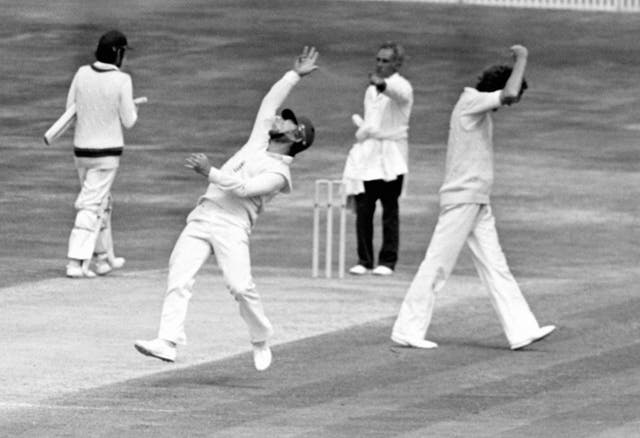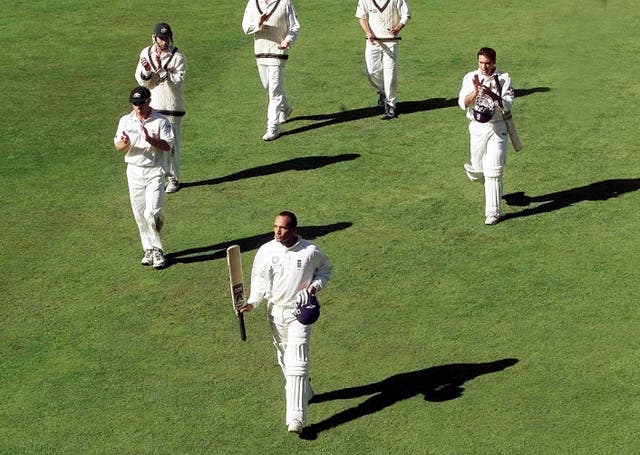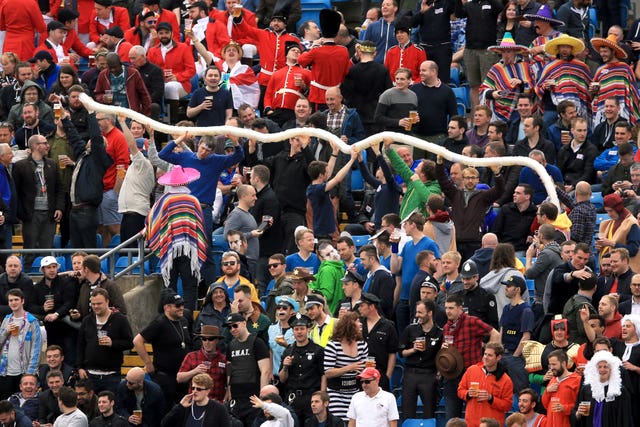The third Ashes Test starts at Headingley on Thursday in what will be a pivotal week in the contest between England and Australia.
It is one of the most famous venues in the long rivalry between the two sides, though England do not always enjoy their time in Leeds.
Here, the PA news agency looks back at the ground’s Ashes history and why it has been the place for unrelenting drama.
Results
Headingley staged its first Ashes Test way back in 1899, but England did not get a win there until the 11th attempt in 1956 when a century for Peter May and 11 wickets for Jim Laker earned them an innings victory.
Another innings victory for England came in 1977, before the hosts won arguably the most famous Test of all in 1981 thanks to Ian Botham and Bob Willis, and then followed it up with another win four years later.
But then, matching their overall Ashes dominance, Australia turned Headingley into something of a stronghold as they posted a massive 210-run win and two innings victories between 1989 and 1997.
Mark Butcher’s brilliant last-day century gave England a win in a 2001 dead rubber before normal service was resumed in 2009 with a comprehensive victory for the tourists.
Overall, Australia have won nine of the 24 Ashes Tests at Headingley and four of the last five, with England claiming seven.
The Miracle of 1981

England’s victory in 1981 is one of Ashes folklore. So certain were they of defeat going into the fourth day, they had checked out of their hotel.There was little surprise, given their plight as after Australia racked up 401 in their first innings, they then skittled the hosts for 174, with only a half-century for Botham, who had also taken six first-innings wickets, getting them that many.
The second innings following on was not going much better and at 135 for seven, still 100 behind and with only three wickets left, that decision to check out of their hotel seemed a wise one.
Enter Botham. The all-rounder, who had relinquished the captaincy earlier in the series, produced possibly the most famous Ashes innings of all as he smashed 149 not out off 148 balls and, with the help of Graham Dilley and Chris Old, helped England set Australia a modest target of 130.
Enter Willis. England’s fast bowler was not originally going to be selected for the game, but went on to bowl one of the defining spells of the Ashes. Charging downhill from the Kirkstall Lane end, Willis took a staggering eight for 43 in 15 overs as Australia collapsed from 48 for one to 111 all out.
Headingley Heroes

Botham and Willis are not alone in producing heroics in Leeds. Butcher’s career highlight saw him whack an unbeaten 173 on the final day of the 2001 Test, helping England to a target of 315 thanks to a generous declaration from Australia, who had already won the series.
There have been impressive performances from home favourites as Fred Trueman and Geoffrey Boycott etched their names into the history books. Trueman, a feared fast bowler, took 11 wickets in 1961 as England won by eight wickets and then Boycott’s 191 at the top of the order in 1977 laid the foundations of a win by an innings and 85 runs. It was also the batsman’s 100th first-class 100, becoming the first man to achieve such a feat in a Test match.
Australia have had their fair share of impressive performances too. In 1930, the great Don Bradman scored a mammoth 334 in the drawn Test which saw him race to 210 not out at tea on the opening day. He clearly enjoyed Leeds as four years later he posted another triple century, scoring 304 in another draw.
Allan Border scored an unbeaten double century in 1993, Jason Gillespie’s seven for 37 and Matthew Elliott’s 199 did the damage four years later and in 2009 Marcus North’s century paved the way for a sizeable win.
Fancy dress and beer snakes

Full of fancy dress and football-style chanting, the West Stand at Headingley is up there alongside the Hollies Stand at Edgbaston in terms of creating an atmosphere.
It does not provide vociferous style support for the players like the Hollies Stand as by mid-afternoon the crowd are often more bothered about building a beer snake of empty glasses, but an electric mood is created.
And the players enjoy playing in front of it too.
“The first time I played at Headingley it was like no atmosphere I’d experienced before, the Western Terrace was wild,” former captain Andrew Flintoff once said.
Alastair Cook added: “We get great support when we come up to Headingley. In the Western Terrace, it’s great fun watching them with their snakes.”
It is no longer known as the Western Terrace as Yorkshire County Cricket club rebranded it in a bid to shed its reputation as a place for booze-fuelled bad behaviour, but it is no less atmospheric.








